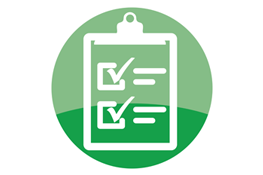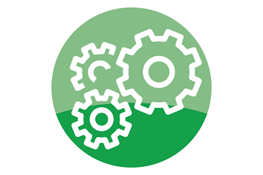As with risk management, verification and validation are essential topics that must be investigated separately in order to make sure they are fully understood. Yet these are integral steps in the design process. Simply stated, verification is objective proof that the requirements captured in the Design Input phase have actually been met. Design verification consists of testing, inspections, and analyses. Documented design verification in software is most often accomplished in the form of a traceability matrix, in which design outputs are linked to software modules and ultimately traced back to requirements.
Validation is implemented on finished products. It ensures that the device conforms to documented user needs in the intended use cases. At least part of validation must occur in the actual or simulated use environment. Validation must also address packaging and labeling, including user instructions, underscoring the necessity for thinking about these items throughout the design process.
Design controls dictate that verification and validation activities are explicitly described and thoroughly executed. Verification and validation ultimately produce report documentation with signatures of the related persons having the necessary expertise to conduct the verification and/or validation.
Design Transfer
Design transfer refers to the production specifications that guide and govern how the device is manufactured. Often, the design transfer process starts informally, as the production group works closely with the design group in the final design stages to provide clarity to manufacturing requirements. However, this type of informality can cause problems later; for example, when key people from the original team are no longer available. For this reason, it is crucial that collaborations between design and production be documented from the beginning. Early documentation also makes it easier to meet formal design control requirements later.
In our final blog post, we will walk through the proper process that should be followed when encountering a design change.










